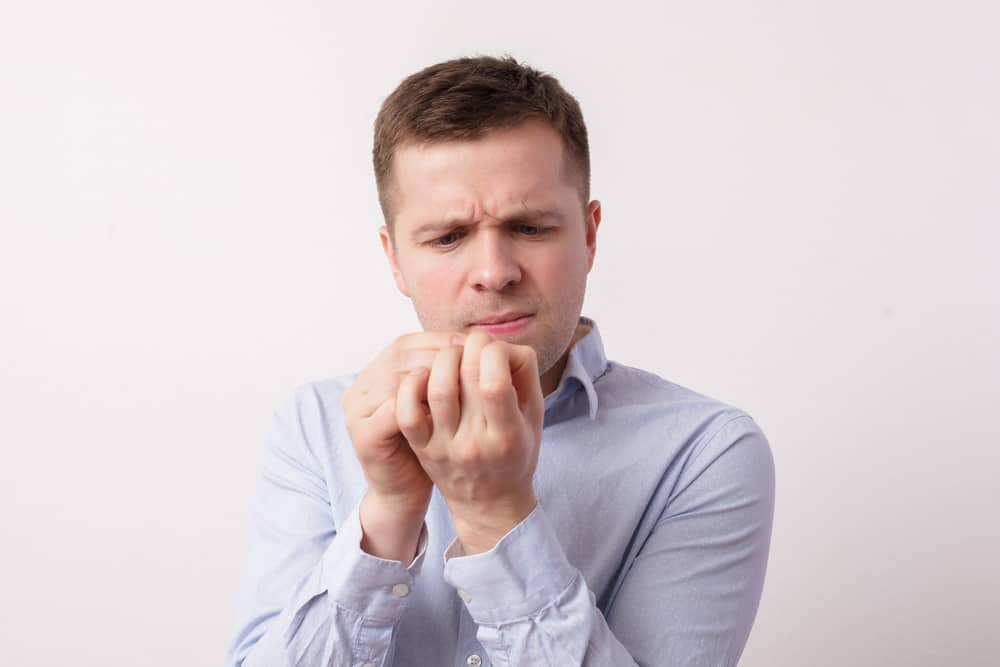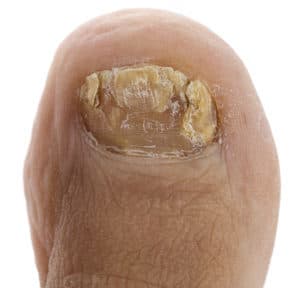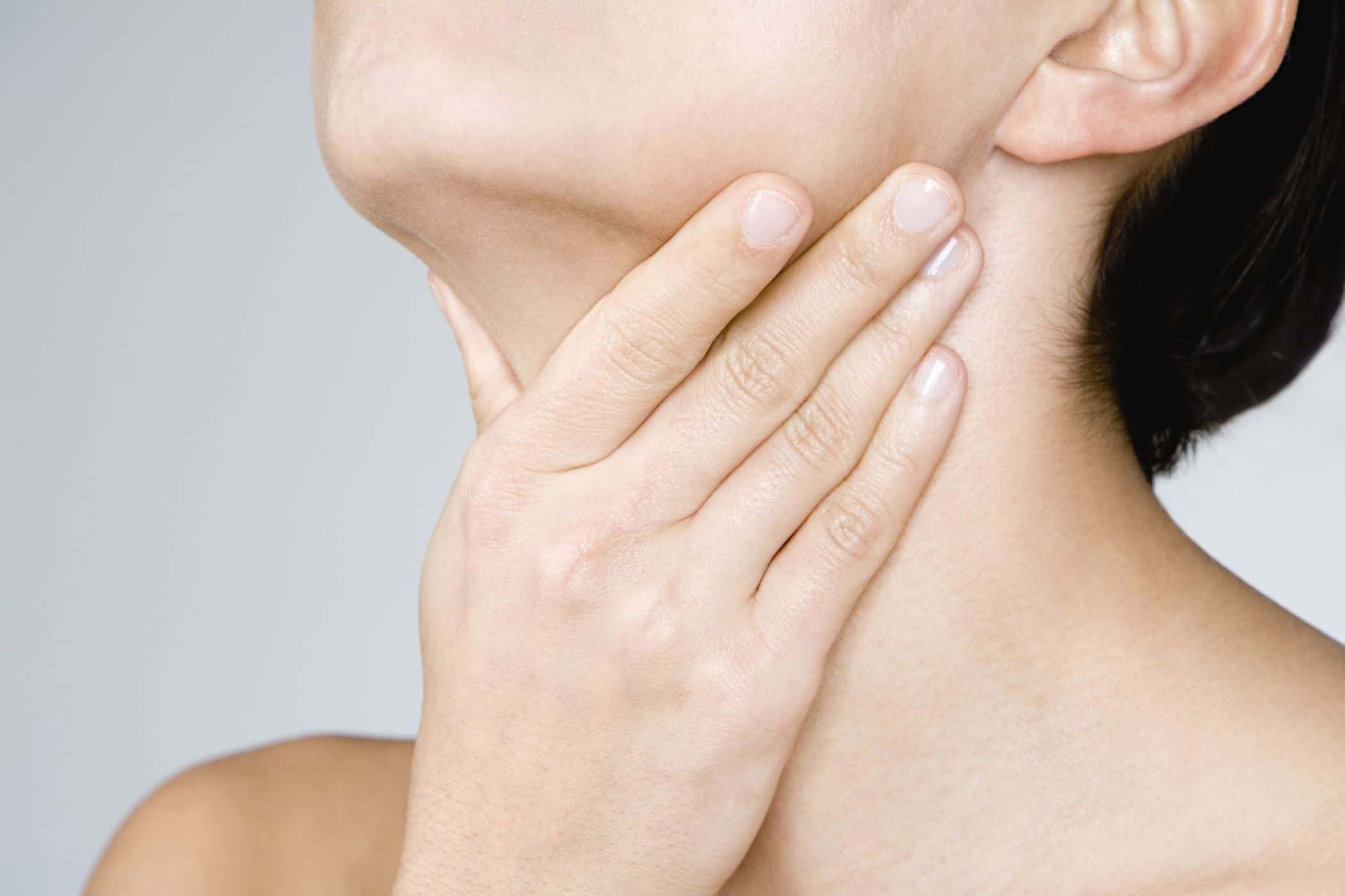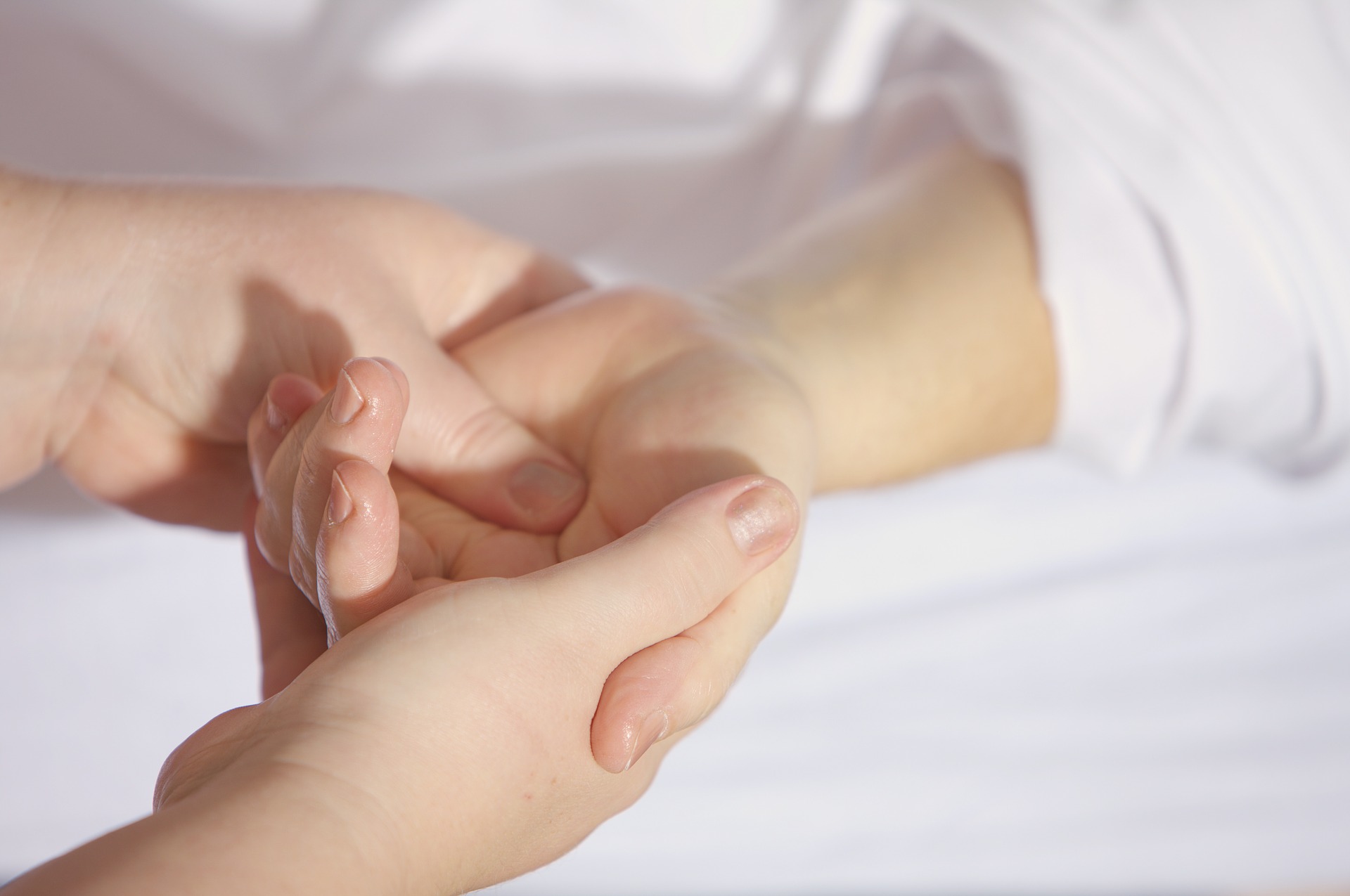Contents:
- Medical Video: What is Psoriasis and the Best Psoriasis Treatment at Mayo Clinic
- Symptoms of nail psoriasis
- 2. Pitting nails (notched / perforated nails)
- 3. Changes in nail shape and thickness
- 4. Nail loose
- 5. Subungual hyperkeratosis
- How to treat nail psoriasis
- Prevent nail psoriasis
Medical Video: What is Psoriasis and the Best Psoriasis Treatment at Mayo Clinic
Psoriasis is a chronic skin disorder that often appears later disappearing. This disease is generally characterized by the appearance of a red rash, dry skin, flaking, scaly, and thickening. In addition, psoriasis is also sometimes accompanied by intense itching. All parts of the body can get psoriasis, including your nails. Check out the full review of the symptoms and treatment of nail psoriasis in this article.
Symptoms of nail psoriasis
Half of people who have skin psoriasis also end up with nail psoriasis. Until now, experts and doctors do not know why this can happen. However, the strongest reason is because nails are part of the skin.
Nails can indeed be an indicator of a person's health. But in rare cases, nails are the only part of the body that shows signs of psoriasis. Here are some changes to the toenails and finger nails that you should be aware of as signs of nail psoriasis:
1. Change color
Your nails will turn yellowish, brown, or even slightly green. In addition there are also small red spots or white spots around your nails.
2. Pitting nails (notched / perforated nails)
The nail plate is the hard surface that forms the top of your nail. This plate is made of keratin cells. Unfortunately, nail psoriasis causes your nail plate to lose cells. Well, this causes the appearance of small holes in your fingernails or toenails.
The number and size of this hole varies from person to person. Some people may only have one hole in each nail, while others have more holes. This hole can be shallow or deep.
3. Changes in nail shape and thickness
Besides pitting, you might see changes in the shape and texture of your nails. The weakness of the structure that supports the nail can cause your nails to become brittle and easily broken so that they are no longer intact.
In addition, your nails can become thicker due to a fungal infection called onychomycosis, which is common in people with psoriasis. In addition, psoriasis can also cause Beau's appearance, which is a line in the nail.
4. Nail loose
Sometimes psoriasis can cause your nail plate to detach from the nail bed. This separation of the nail from the nail bed is called oncolysis. As a result, this leaves empty space or gaps under your nails, allowing infection to occur. The tip of your nail may also develop a yellowish or whitish patch that can extend to the cuticle.
5. Subungual hyperkeratosis
Clots of white lime can develop under the nail and cause a gap. You may feel uncomfortable and hurt when pressed. If this happens in toenails, there is a possibility that you will also feel pain or pain when wearing shoes.
Some of the nail changes mentioned above can make it difficult for you to move your fingernails and toenails. As a result, this will slightly hinder you from doing daily activities, such as grasping objects or just walking.
How to treat nail psoriasis
Because psoriasis itself is a disease that is related to the immune system, it is not easy to treat nail psoriasis. You should consult your doctor first so you can get the right treatment according to your needs. However, here are some common treatment options doctors make to treat nail psoriasis:
- Giving topical steroid medication that is applied in the place of the problem nails.
- Doctors also usually give corticosteroid injections into the nails. In many cases corticosteroid injections have produced positive results, especially when used in conjunction with topical treatments.
- Giving antifungal medication.
- Phototherapy in areas affected by psoriasis against UV light.
- Surgery for lifting or removing nails.
- If the infected nail hurts, the doctor may prescribe painkillers.
- If nail psoriasis causes severe defects, such as being unable to walk, the doctor may prescribe systemic medication. This drug affects a person's entire body, not just the problem area. Examples of systemic drugs include methotrexate, cyclosporine or biological. However, it takes a long time for nails to improve.
Prevent nail psoriasis
Good nail care is the best way to prevent you from developing nail psoriasis. Follow the steps below if you want to prevent nail psoriasis:
- Routinely cut nails, but make sure it's not too short when cutting it.
- Wear gloves to clean and do other work that is in contact with your hands.
- Use moisturizer nails and cuticles every day, especially after you come into contact with water.
- Wear shoes that are comfortable and not too small so that you have enough room for your toes.
- Avoid cleaning your nails with a nail brush or sharp objects. This is done to prevent your nails from escaping.













